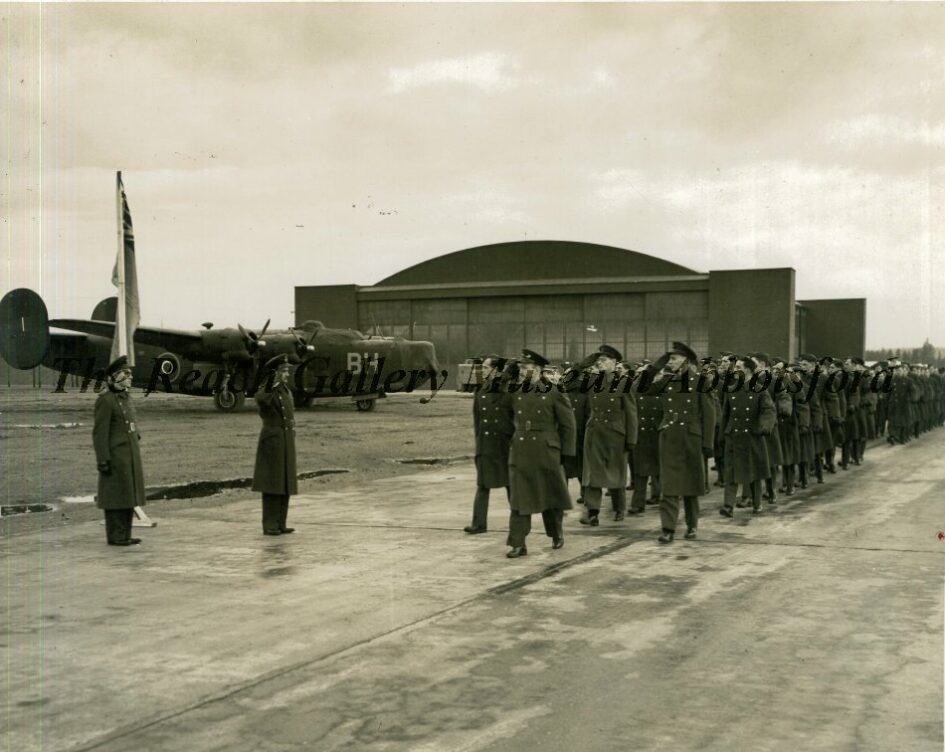Training
Abbotsford Airfield was chosen because its location resembled the areas pilots would be flying through on duty. The Pacific Northwest of Canada is very different from Japan, where most of the pilots would be fighting, however the two countries share an ocean, and are similar in many ways as well. Add onto this the idea that the unpredictable and often difficult weather of BC gave the pilots good experience flying through fog, rain, and ocean storms, and you have a recipe for a rewarding, if dangerous, training regimen.
The instructors who trained the pilots were largely veterans from the last war, or other experienced pilots. This meant they had a wealth of knowledge on actual combat flying, however, that knowledge was specific to the areas they fought in, which weren’t always similar to the pacific northwest. This could lead to some unfortunate blind spots in the instructors knowledge. This was especially problematic during the time of #5 OTU, which trained pilots in the larger Liberator bombers. These planes and the day missions they were likely to engage in were significantly different from what most instructors had done in the past.
Final exams were also a staple of the training, with most of them happening in the 8th or 9th weeks of a trainee’s time at the station. These would cover topics focused on in ground school, and were understandably another source of stress for the student pilots.
